The Barbareño Chumash Tribal Council had its beginnings in the kitchen of Marcus Lopez in Montecito, California when elders Ralph Morello and Paul Pommier came to visit. They asked Marcus to join them and discussed the need to organize the Chumash community.
They understood that to get organized is important. At the end of the meeting the organization was formed. It was to be called Barbareño Chumash Council. It was focused on the territory from Point Conception to Rincon. It would be organized by elders and not a structure of a nonprofit organization, an IRA type structure following a military order.
The main function of the organization is to get the Chumash organized in Santa Barbara focusing on culture and proper representation and to let people know that Chumash people were here in Santa Barbara.
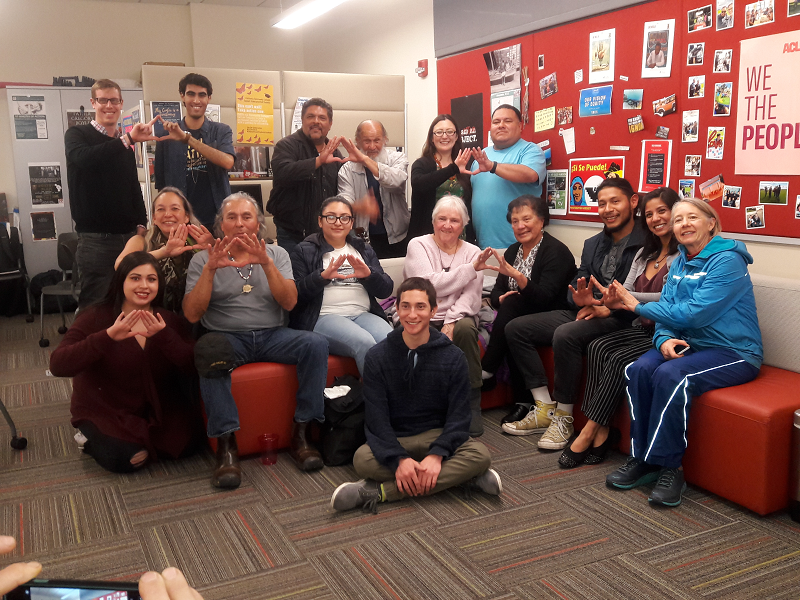
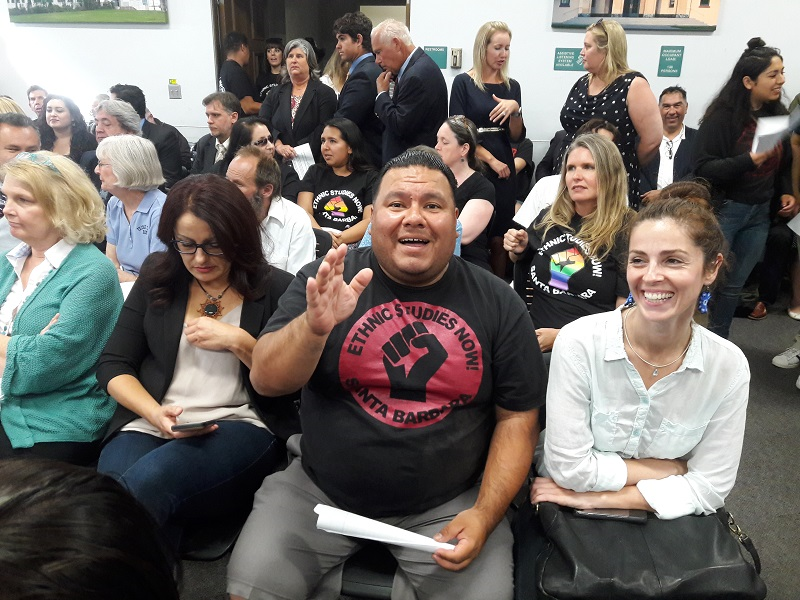
As the years went by both Ralph and Paul’s health declined. All the families that were members of the Barbareño Chumash Council went to functions that the BCC organized. They ranged from barbeques to tomol development. Also, work was done to reach out to protect sacred sites in our territory and especially Point Conception/Humqal.
Enthusiasm grew within these families to represent them and other families joined the organization. The common goal was simple. Proper representation and land. Not realizing that these two issues were complex and very challenging, Paul, Ralph, and Marcus, had organized their families as best they could to represent them and had discussions to the level that many other Chumash groups only dreamed of. They held the organization together and attempted to solve many of the Chumash concerns, and especially the question of Culture and Language. Within this process, the BCC adopted and joined the Seventh Generation Fund for Indigenous Peoples who would assist them in the protection of sacred sites, language and capacity building. Much of the funding and organizing was because of the Seventh Generation Fund for Indigenous Peoples assistance.
In the following years, the organization went to the City Council of Santa Barbara, to the County of Santa Barbara, and to different agencies of the federal government. They participated in public meetings and commented regarding sacred sites as well as discussions of a national park at Gaviota. On those discussions, we presented a request for a Dos Pueblos Home Land for Chumash Elders and Families.
Within the same period, the BCC focused on the first reservation in Santa Barbara, Kaswa, or commonly known as Cieniquitas. We attempted to see if we possibly had a legal case to get the land back in the area of Hope Ranch in Santa Barbara. There is a terrible history of the American invasion and treatment of the Chumash at that site. The simple answer to a complex question was that the limit of time to address our grievances was past. And the conclusion was not the one that we wanted, meaning a negative answer.
In addition to the question of land, the BCC had created a language program that initiated the basic question of language and its foundation and usage. That was a breakthrough for the Chumash people living in Santa Barbara. From that moment, the organization created language classes to teach Šmuwič and organize its members to start learning and speaking the language. Many other Chumash organizations (not San Ynez) adopted their own formats. All to the credit of the BCC.
The Tomol Crossing of the Santa Barbara Channel was a cultural significant undertaking that was second to none as many Chumash tribal organizations did not organize anything remotely like it. The BCC was the main tribal organization that facilitated the Tomol Crossings and Village creation of and for Chumash families on the Island of Limuw (Santa Cruz Island). Much of the funding and organizing was created and done by the BCC members. These actions created an annual cultural event that expressed the Cultural and Spiritual meaning of Chumash People. This still remains an event that is ongoing.
The other matters of concern was the protection of Sacred Sites. Paul Pommier was very instrumental in addressing the issue of protection of Point Conception. He with the other elders of the BCC addressed this issue to the United Nations in the form of a letter and working with the Seventh Generation Fund for Indigenous Peoples. This marked the first and important evaluation and review of this international issue along with other worldwide sacred sites concerns of Indigenous Peoples.
This lead to the understanding of the United Nations Declaration of the Rights of Indigenous Peoples (UNDRIP) , a document that created a venue for worldwide human rights that defined Indigenous Peoples as Peoples in the International arena. And that gave rights and outlined these rights on the following points:
Human Rights and Equity;
Self-determination;
Life security and Nationality;
Culture, Language, Spiritual Identity
Education, Information, and Labor;
Decision-making and Development;
Land, Territories, Resources, Traditional Knowledge;
Self- Governance and Indigenous Laws;
Implementation and Accountability;
Interpretation of Rights.
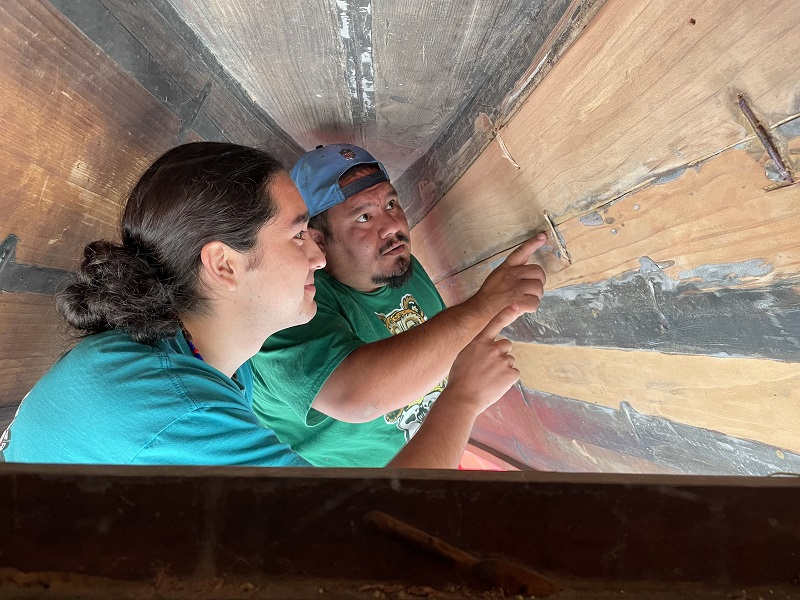
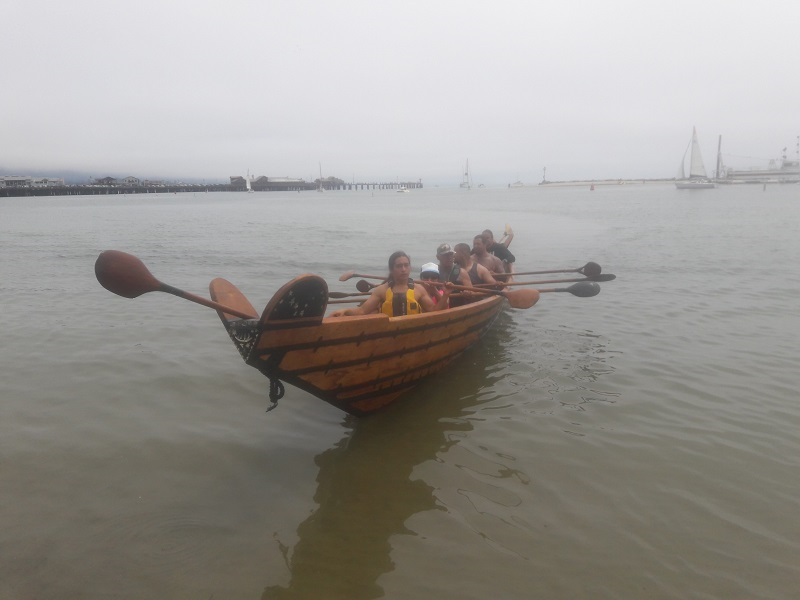

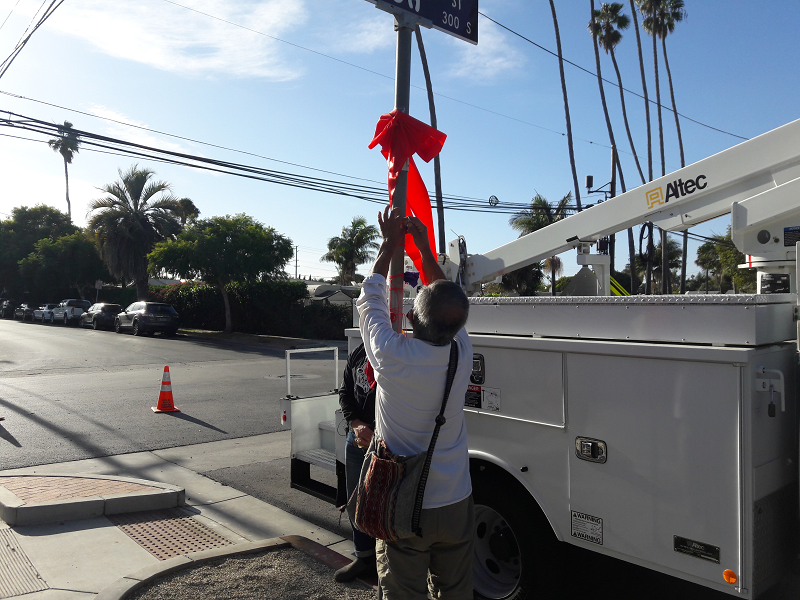
The UNDRIP created a manner in which the BCC could address the Nation State and the World on grievance matters of the BCC particularly the issue of sacred sites and identity. It also created a mechanism allowing the BCC to develop relationships with other Tribes concerning matters of united action. The BCC adopted the UNDRIP as an instrument to implement changes in a local, regional, national and international arena.
With this understanding of the UNDRIP, the BCC developed workshops for the Chumash community to educate people on matters brought to light by this UN Document.
The organization had its growth problems however with the death of Paul Pommier and Ralph Morello. It created challenges within the organization of tribal retention and problems of capacity development. The leadership gap had created a necessity to form a governing Council to run the organization. As stated before, the Elders Council was the manner that the tribe had organized itself and made decisions. With the passage of these highly-respected individuals, Marcus needed to bring in and develop a Council that reflected the need of the membership and overall community. Thus, the formation of the present-day Council. These individuals now function as the decision makers of the BCC. And some time later, the organization changed its name to the Barbareño Chumash Tribal Council to emphasize the approach as a tribe in the nation state language. We are now known as the Barbareño Chumash Tribal Council.